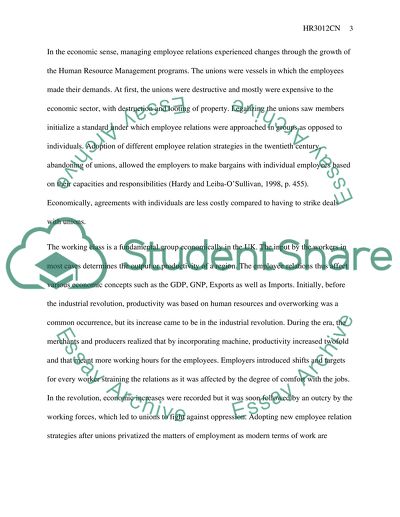Cite this document
(Managing Employee Relations in Today's Firms Assignment - 1, n.d.)
Managing Employee Relations in Today's Firms Assignment - 1. Retrieved from https://studentshare.org/human-resources/1453431-hr3012cn-managing-employee-relations-in-contemporary-organisations-essay-one
Managing Employee Relations in Today's Firms Assignment - 1. Retrieved from https://studentshare.org/human-resources/1453431-hr3012cn-managing-employee-relations-in-contemporary-organisations-essay-one
(Managing Employee Relations in Today'S Firms Assignment - 1)
Managing Employee Relations in Today'S Firms Assignment - 1. https://studentshare.org/human-resources/1453431-hr3012cn-managing-employee-relations-in-contemporary-organisations-essay-one.
Managing Employee Relations in Today'S Firms Assignment - 1. https://studentshare.org/human-resources/1453431-hr3012cn-managing-employee-relations-in-contemporary-organisations-essay-one.
“Managing Employee Relations in Today'S Firms Assignment - 1”, n.d. https://studentshare.org/human-resources/1453431-hr3012cn-managing-employee-relations-in-contemporary-organisations-essay-one.


